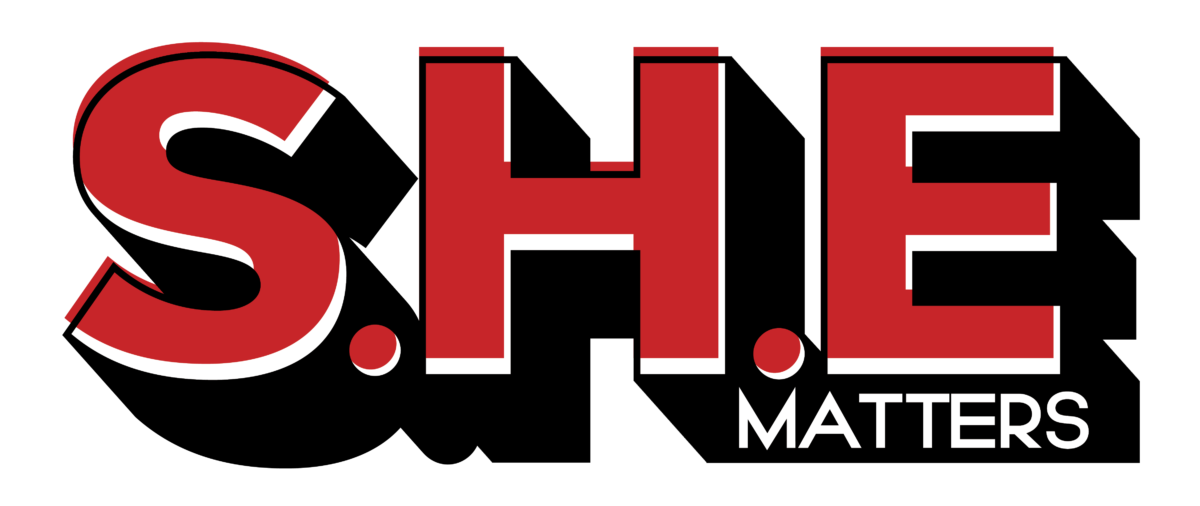As Mad Men Marketing launches a new initiative aimed at empowering the voices of women across all industries — Support Her Equality (S.H.E.) Matters — we wanted to stop to break down the basics of workplace inequality.
Namely, in the below blog we explore the wage gap, intersectionality, and more.
After all, without first identifying and acknowledging the existing obstacles to women in the workforce, we’ll never be able to truly overcome them.
The Basics of Wage Inequality
The matter of wage inequality has been both acknowledged and debated for decades, but the needle has remained relatively slow to move. Thankfully, it has not stopped moving altogether.
“In 2020, women who were full-time wage and salary workers had median usual weekly earnings that were 82 percent of those of male full-time wage and salary workers,” the U.S. Bureau of Labor Statistics reported in 2021. “In 1979, the first year for which comparable earnings data are available, women’s earnings were 62 percent of men’s.”
Based on the aforementioned information, we can begin to see how, over time, the wage gap has begun to close. That being said, workplace equality cannot be deemed “achieved” until that gap no longer exists.
Moreover, the wage gap between men and women is varied — and further exacerbated — by a woman’s racial identity, meaning we need to take an intersectional approach in studying and remediating this nuanced obstacle.
The Matter of Intersectionality
“There has never been a time in this country when there has not been a wage gap that exists along intersecting gender and racial lines,” the Center of American Progress affirmed in an article exploring the depths of the wage gap with regard to women of color.
For example, the following breakdown of women’s earnings according to their identified ethnicity has been calculated by the American Association of University Women (AAUW):
Women’s Earnings as a Percentage of White Men’s Earnings, by Race/Ethnicity
- White alone, not Hispanic or Latino — 79%
- Black or African American — 63%
- American Indian and Alaska Native — 60%
- Asian — 87%
- Native Hawaiian and Other Pacific Islander — 63%
- Hispanic or Latino origin — 55%
With these numbers broken down so plainly, it’s easy to see how workplace inequality is not merely a matter of gender. Consequently, even if the wage gap were to eventually close between white women and men, there is no guarantee that women of color would be able to catch up at the same time.
The Introduction of the Broken Rung
You’ve heard of the glass ceiling, but have you heard of the broken rung?
Simply put, the broken rung theory applies to the specific phenomenon wherein women are less likely to obtain promotions that lead them up the leadership ladder in their workplace(s).
What’s more? It starts at the very bottom and continually narrows as it goes up, making a woman’s first few years in an entry-level position critical.
“Women continue to face a broken rung at the first step up to manager: for every 100 men promoted to manager, only 86 women are promoted,” as reported in McKinsey & Company’s Women in the Workplace report for 2021. “As a result, men outnumber women significantly at the manager level, which means that there are far fewer women to promote to higher levels.”
With all this being said, we have to acknowledge that this is by no means a comprehensive review of the facts, figures, and realities of workplace inequality.
We have not yet addressed motherhood, for example, as a driving force behind these disparities, among other variables. However, we do hope to slowly and systematically take a look at these matters, in addition to the personal stories of leading women in our communities.
So, do you have a story you’d like to share with S.H.E. Matters?
Is there a resource or organization you believe deserves more attention?
Or do you know an incredible woman who has more than earned the spotlight on her accomplishments?
We’d love to hear from you.
Please reach out to us or visit our S.H.E. Matters page to send in a submission for our review, and stay tuned here for more information!



